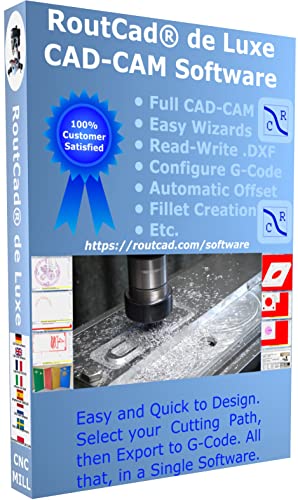Does that method give correct 'meshing' between the rotors?
I have recently been modelling helical gears, using the sketch perpendicular to the helix method. For gears, this is correct as it represents the way the gears will be manufactured (by hobbing) and maintains the correct pressure angle. However, the gear form has to be 'adjusted'. In my case, I used a 14 DP form to generate a 12T gear with 45 deg helix on a 1.2122" pitch circle.
Intuitively it would seem to me that if the rotor form has been generated normal to the rotor axis as shown on post 87, the helical rotors should be in effect a series of thin slices at that generated form, with each pair of slices rotated slightly to give the required helix angle.
To model that, the sketch normal to the axis would be projected along the helical path.
Such a design would lend itself to vertical milling with a form cutter, with the rotor blank supported on a dividing head geared to the table feed.
Incidentally, none of the superchargers I have encountered have two rotors with forms similar to that shown in post 87. Some have one rotor of a form similar to that, with the other rotor significantly different. Others with two similar rotors have more of a pointed tip form, as shown here in the attached photograph.
Regarding calculation of displacement, as pumps of this kind are scaled down, internal leakage becomes the dominating factor and any attempt to calculate displacement from geometry becomes futile. Add to that the changes in leakage with fluid viscosity, local pressures and distortion/ movement of components and experimentation is the only way to determine any kind of valid results. I have recently developed an automotive oil pump and the range of test results under various conditions is quite staggering.
Edit: I'm sure Bentwings will quickly spot exactly what the pump is for, just from the drive gear form!


































































![DreamPlan Home Design and Landscaping Software Free for Windows [PC Download]](https://m.media-amazon.com/images/I/51kvZH2dVLL._SL500_.jpg)

![MeshMagic 3D Free 3D Modeling Software [Download]](https://m.media-amazon.com/images/I/B1U+p8ewjGS._SL500_.png)






